COSTA RICA April 28- May 13, 2025: A synopsis of the highlights:
I left Vermont to daffodils and maple keys, pine warblers and white-throated sparrows, and returned to tulips and lilacs, indigo buntings and scarlet tanagers. In between the daffodils and tulips, I saw this:
Of the more than 310 species of birds recorded on our 16-day trip into the mountain wilds on both slopes of the continental divide, the rainforests, cloud forests, and both coasts of Costa Rica, we were entertained by several lingering Neotropical migrants: a flock of Wilson's warblers picking through the stunted trees on a 12,000-foot dormant volcano,; a Swainson's thrush; an eastern wood pewee and a yellow-bellied flycatcher in the same salt-stunted wild almond, four paces from the Caribbean; semi-palmated plovers; spotted sandpipers; black-bellied plovers; ruddy turnstones; a whimbrel, and a least sandpiper, foraging near a sleeping crocodile; an upland sandpiper on the margin of a jungle river; an eastern kingbird; an olive-sided flycatcher; a chestnut-sided warbler; a Blackburnian warbler. As well as resident American dippers and black phoebes along rugged mountain streams, and acorn woodpeckers near resplendent quetzals.
Most unexpected sighting: Four brown noddies, exhausted, along the Caribbean shore in Tortuguero (Pacific terns blown off course). One stood on a driftwood log pushed around by the crashing surf.
Among the busy birds: at sunrise (but shaded and softened by rising mist), a pair of resplendent quetzals feeding a chick in nest cavity, (more or less) unobstructed; four species of motmots; four species of toucans; a roadside hawk perched above a road and a humorless laughing falcon standing on a muddy bank; a sungrebe; nine species of woodpeckers; (among them, the pale-billed, a member of the genus Campephilus that includes our extinct ivory-billed) nine species of woodcreepers; thirty-two species of flycatchers: eleven species of parrots, including gorgeous and noisy pairs of both scarlet and great green macaws; four species of manakins; and twenty-two species of tanagers.
Best sighting in a torrential downpour: black and yellow silky flycatcher, water dripping down long tail feathers.
A most exciting bird: a sunbittern feeding her chick on the hem of a stream. Through the trees, beyond the stream? A boys' soccer game.
Hummingbird total: 30 species (out of 54 known species). One morning, in the cloud forest, a hummingbird jamboree: snowcaps, green thorntails, green-breasted mangos, white-naped Jacobins, striped hermits, and scintillant hummingbirds.
The most interesting thing I learned: After a slaty flower-piercer punctures the base of a tubular flower and sips nectar, hummingbirds, mostly gray-tailed mountain gems, go directly to the hole for nectar rather than the more conventional approach at the head of the flower.
The second most interesting thing I learned: there's no zoning in a Montezuma oropendola colony. Nests three to six feet long, dangle from limbs like dull, disorganized Christmas stockings. Mom builds. Dad inspects, bouncing and stretching the tightly woven fibers and vines. Nests are in constant motion, rocking to the wind, the rain, and the commotion next door.
The last bird ticked: Russet-nape wren on a fence post.
The cutest mammal: infant coatimundis on a morning stroll, tails up, long noses down, shepherded by their mothers, aunts, grandmothers, and other female relatives. A maleless troop of more than forty.
The most entertaining primate: spider monkeys swinging through the canopy, long tails gripping branches like a fifth limb, and then eating legumes, bits of green seedpods dribbling from their mouths.
The biggest surprise: a tamandua, a mid-sized arboreal anteater, lounging head down in a sea grape by the Pacific. The pink pads of its feet appeared pillow-soft; its claws talon-sharp.
The second biggest surprise: the sun-bleached bones of a sea turtle (green or loggerhead), likely predated while nesting by a jaguar.
The largest reptile: American crocodile. Many log-like crocs (fifteen to eighteen feet long) idled on the surface of the Tarcoles River. Another in Corcovado, slept on the far mudbank across a small, shallow tidal river, mouth wide open. Cooling off in front of a small parade of shorebirds and wading birds. Lulled by the Pacific crashing.
Four species of snakes, including an almost invisibly camouflaged fer-de-lance and an arboreal eyelash palm pitviper (bright yellow morph), coiled in a vine, a sit-and-wait predator of nectaring hummingbirds.
The biggest lizard: green iguana.
Cutest lizard: common house gecko
The most entertaining lizard: the basilisk (the Jesus Christ lizard), ran across the water's surface. (I searched vainly for the mythical Moses lizard, hoping to see it part the waters and stroll across the Sierpe River.)
Most charismatic frog: Red-eyed treefrog. Two mated above a forest pool.
Close second: strawberry dart frog.
Most enormous toad: Marine toad, big as a shoe … large enough to trip over.
The most extraordinary insect: blue morpho butterflies (Morpho menelaus), each the size of an open hand, flitting through the jungle. The upper surface of their wings is iridescent blue. Undersurface, mottled brown. Like a Penn and Teller trick, when a morpho flies, it stands out. When perched, it vanishes.
The second most extraordinary insect: the duckling swallowtail moth (Urania fulgens (a.k.a. pato de cola), a mid-sized, iridescent green and black moth migrating toward Panama. Duckling swallowtails are half the size of our black swallowtail butterflies. They moved because their caterpillars had denuded a food source, and the new growth would be toxic for at least two years.
Sex on a branch: yellow-throated toucans. More vertical than horizontal, the male had to carefully position his head and oversized bill to maintain balance on the female's back.
Sex in a puddle: dozens of marine toads, a hyperactive colony just off the sidewalk in Tortuguero. An orgy in the pouring rain. Males calling, splashing, jostling, pushing, dunking … choreography by World Wide Wrestling Association
Tumandua anteater, photograph by Gil Calvo
.
Red-eyed tree frogs mating, photograph by Gil Calvo
Great green macaw, photograph by Jim Block
Volcano hummingbird, photograph by Jim Block
Palm eyelash pitviper, photograph by me
Montezuma oropendula nests, photograph by Gil Calvo
.As a lifelong naturalist and Yankee fan, I follow a trail blazed by John Burroughs and John Muir, neither of whom paid much attention to baseball. My work has appeared in Audubon, Sierra, Sports Illustrated, National Wildlife, OnEarth, National Geographic Traveler, National Geographic Books, Yankee, The New York Times, Newsday, The Boston Globe, The Chicago Sun-Times, The Guardian, and The Daily Telegraph, among other publications. I am the author of Backtracking: The Way of a Naturalist (1987), Blood Brook: A Naturalist's Home Ground (1992), and Liquid Land: A Journey Through the Florida Everglades (2003), among other works of nonfiction. I received the Burroughs Medal in 2004, the highest literary honor awarded to an American nature writer. E.O. Wilson called America's Snake: The Rise and Fall of the Timber Rattlesnake (2016) a beautifully written book [that] demonstrates just how good nature literature can be.
Beginning on 14 March 2020, the day after I returned home from Costa Rica, at the onset of the pandemic lockdown, I started writing a daily journal—part natural history, part memoir, and part commentary—which appeared here on Substack. Since the 25 August 2021 post, I edited the 526 entries (deleting, combining, modifying) into a new book, The Promise of Sunrise: Finding Solace in a Broken World, which Green Writers Press published on the vernal equinox 2025.
Jennette Fournier's illustrations, many of which are originals (including an otter, a bobcat, chickadees, and a black bear), a playful Winnie-the-Pooh-esque map, and a commissioned watercolor cover grace the book.
From: Seven Days
The Promise of Sunrise: Finding Solace in a Broken World
Ted Levin, Green Writers Press, 400 pages. $21.95.
A pissed-off woodpecker flies in and screams...
When COVID-19 crashed into his life in 2020, naturalist Ted Levin began taking a walk each day at sunrise through the woods and wetlands around his home in Thetford. His walks begat a daily blog and now a lyrical book that brings to life the world of efts and otters, warblers and wrens, chickadees and coyotes. Engaging natural history lessons — loon semen and mammoth bones make an appearance — weave through the daily entries, and slowly the reader also learns the story of the author's life.
Levin's writing can be extraordinarily vivid: Coyotes "hurl their voices at the crescent moon"; a bobcat has a face "like a soiled, fraying softball"; chickadees are "four maestros working on a score." Writing such as this demands to be read as one reads poetry, in small sips, to be fully savored.
—Candace Page.
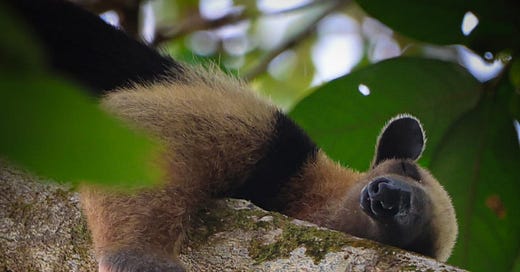



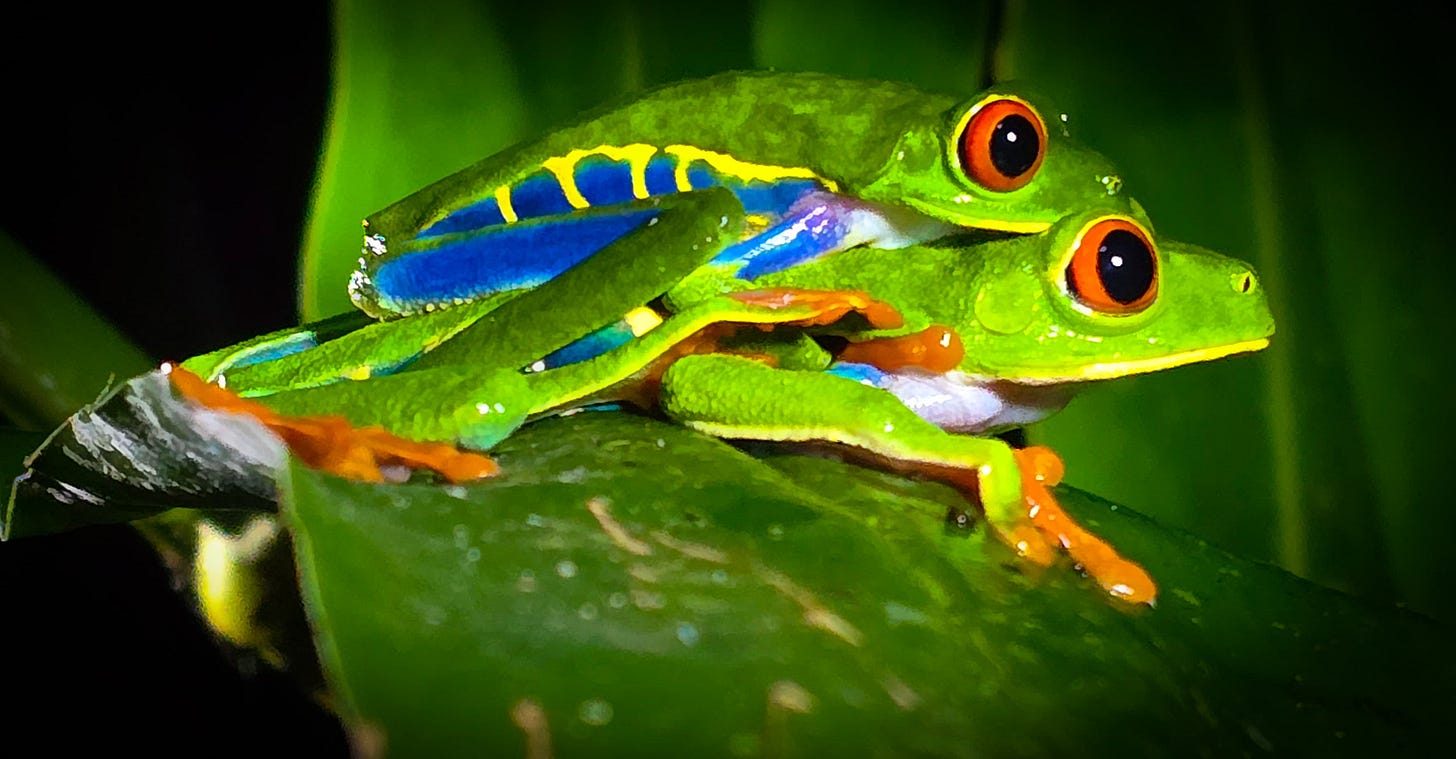
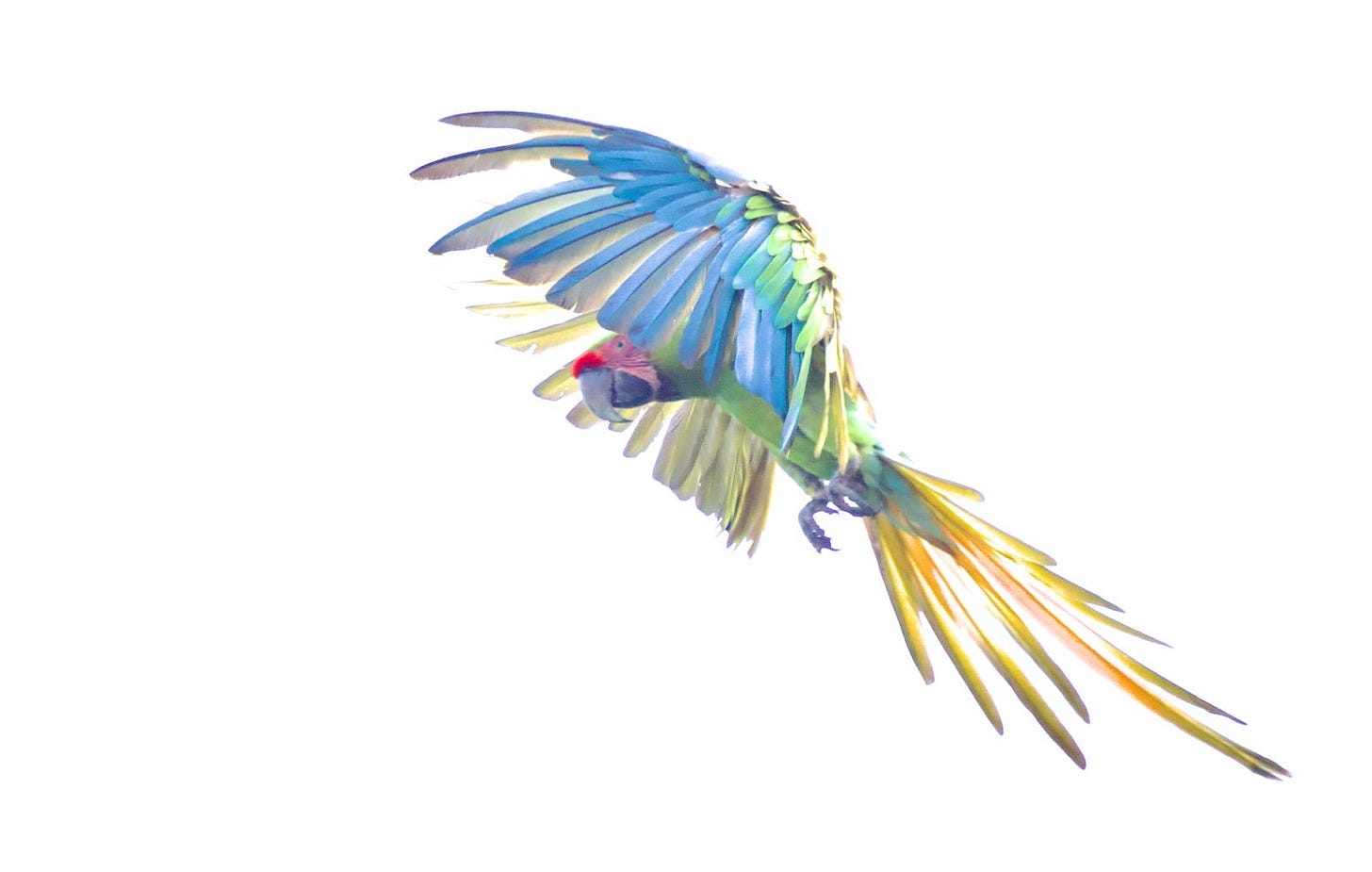
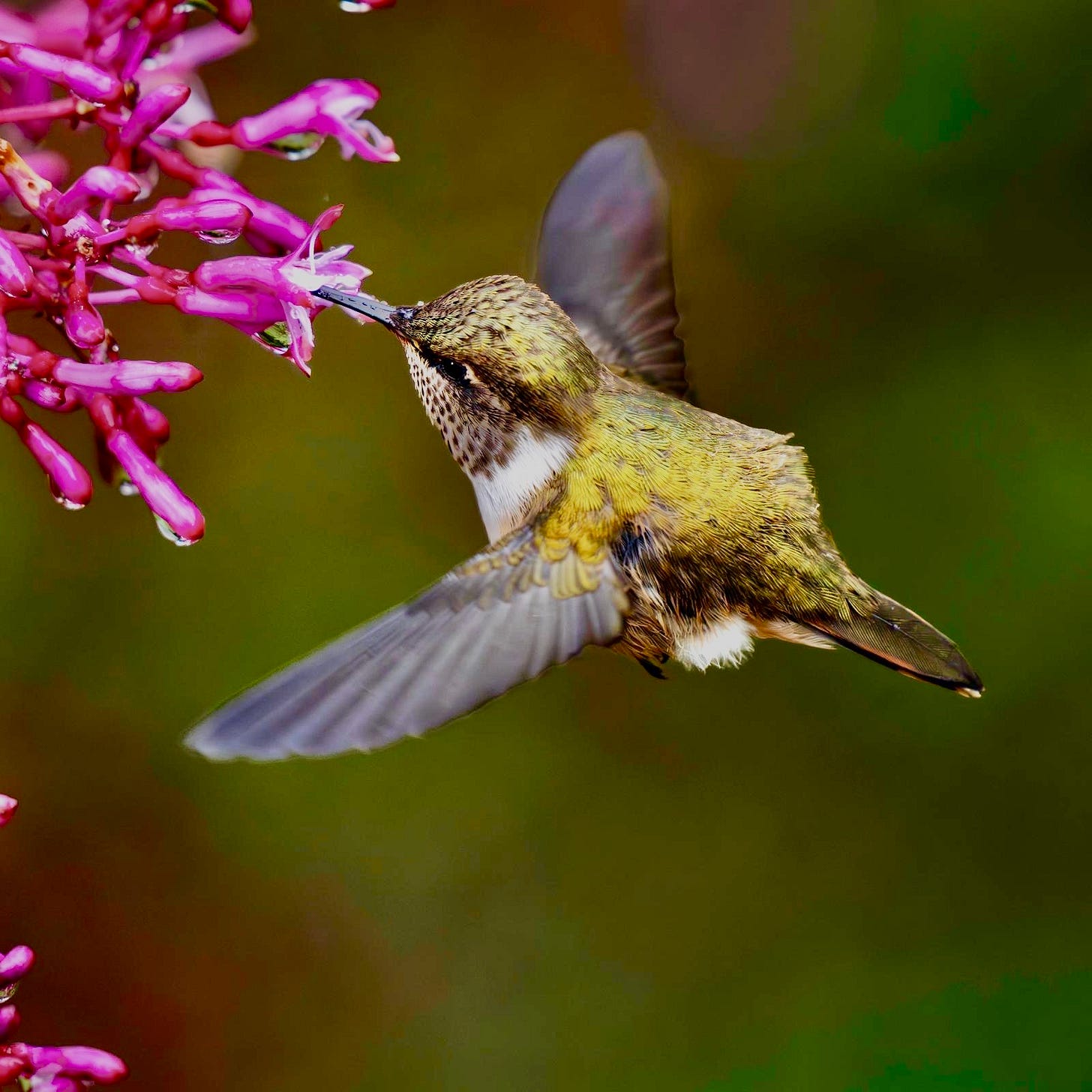
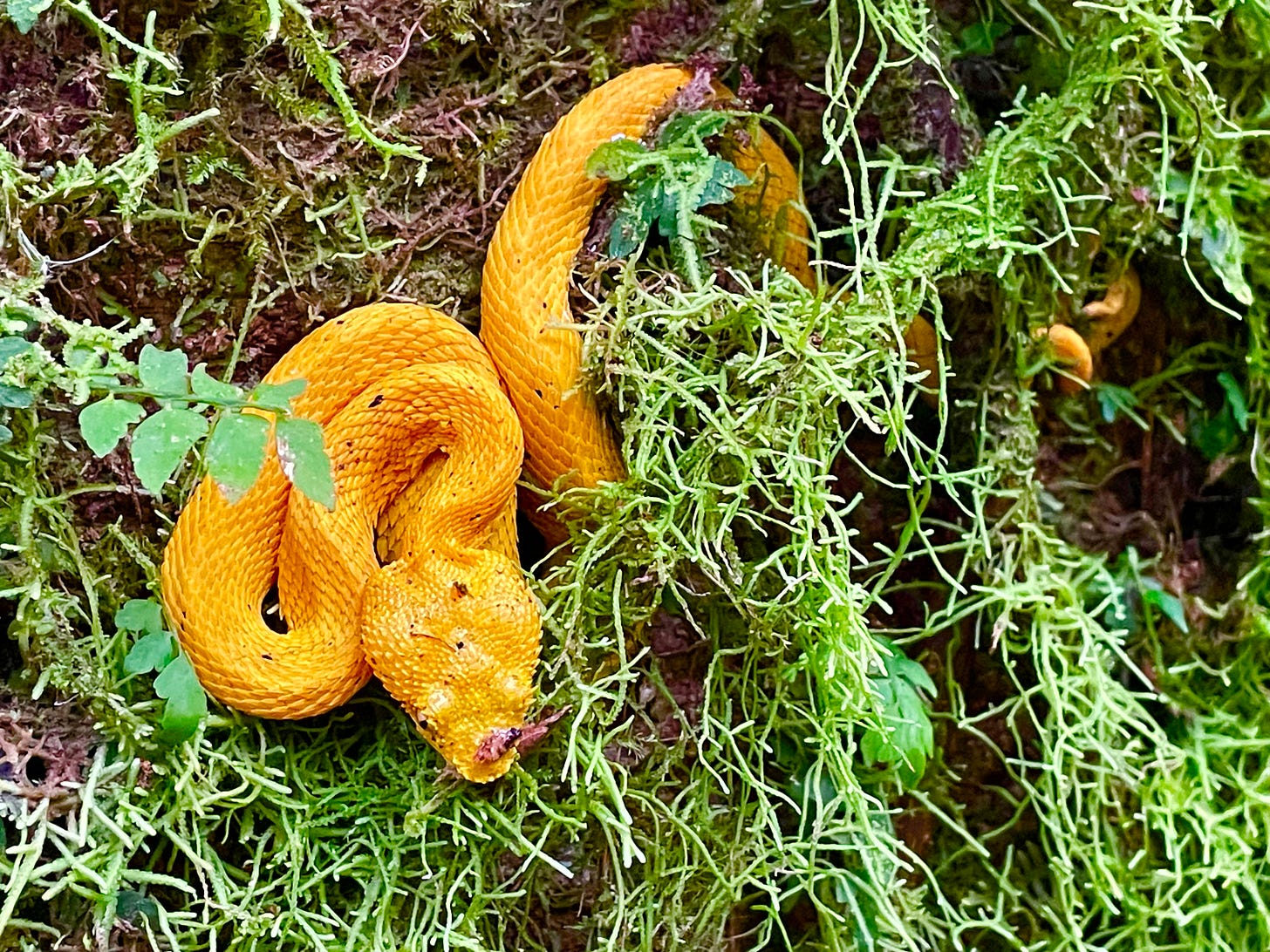
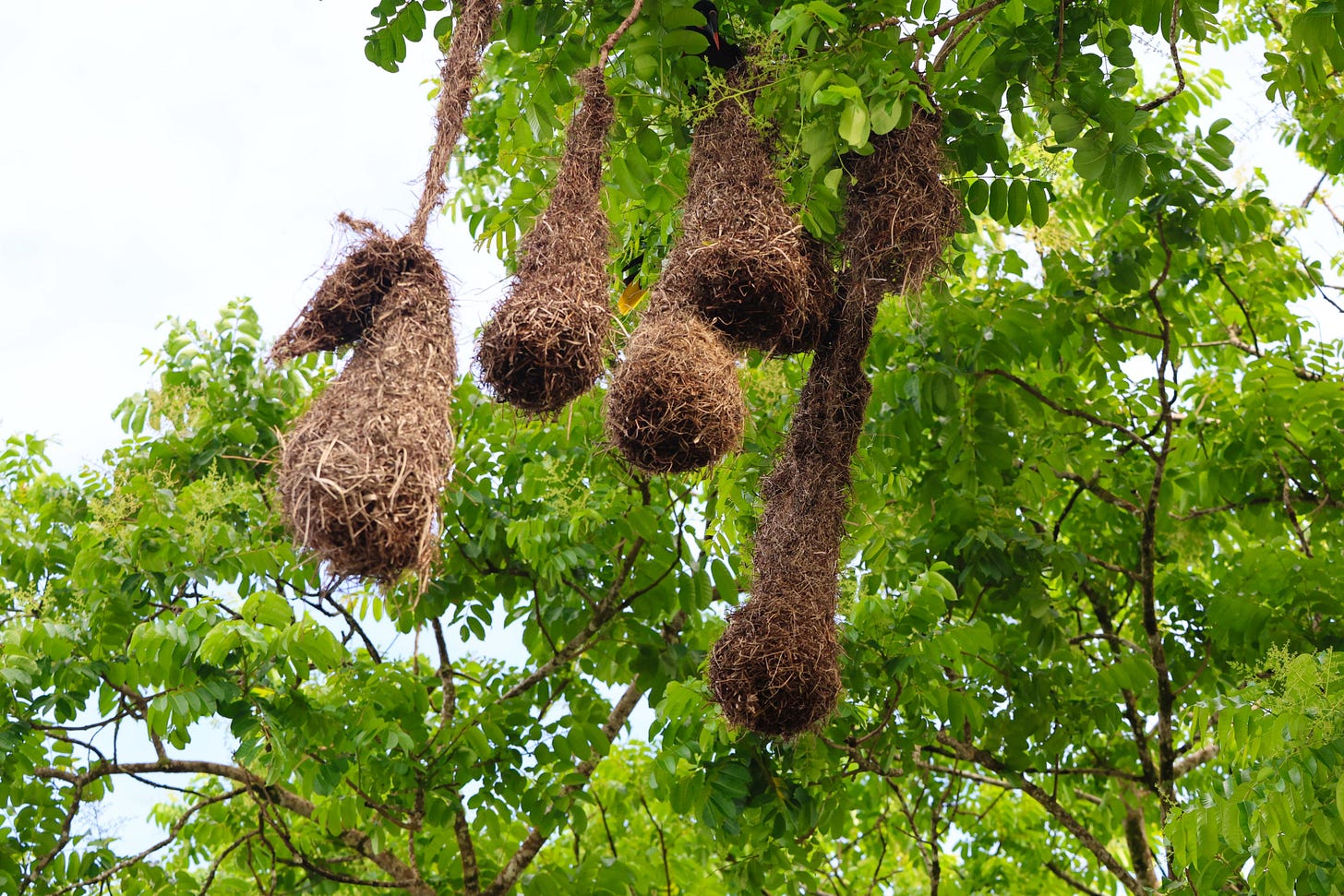
Such biodiversity! Thanks for sharing your travels and welcome back to VT. You were missed.
How do you see and KNOW so many species!? Great post. Thank you!